
Melissa B. Miller, PhD and Robin Patel, MD sat down with Contagion® to discuss how they believe that molecular-based point of care laboratory testing will revolutionize healthcare.

Melissa B. Miller, PhD and Robin Patel, MD sat down with Contagion® to discuss how they believe that molecular-based point of care laboratory testing will revolutionize healthcare.

Is it time to reassess prescribing practices on beta-lactams when it comes to patients with penicillin allergies? The answer is an unquestionable, “Yes!” according to Meghan Jeffres, PharmD.

In New Orleans, The American Society of Microbiology 2017 annual meeting started with 3 distinct speakers.

Jerod Nagel, PharmD, highlights how rapid diagnostic tools can be utilized in antibiotic stewardship programs to improve outcomes for patients with S. aureus.

Research presented at the 2017 Annual Pediatric Academic Societies (PAS) meeting examines the similarities between Congenital Rubella Syndrome and Congenital Zika Infection.
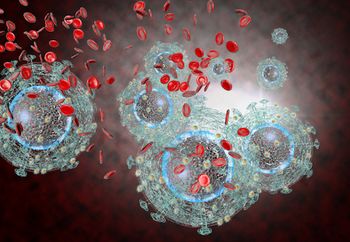
The FDA approved the administration of Isentress HD in patients weighing at least 40-kg who are treatment-naïve or who achieved viral suppression from treatment with raltegravir.
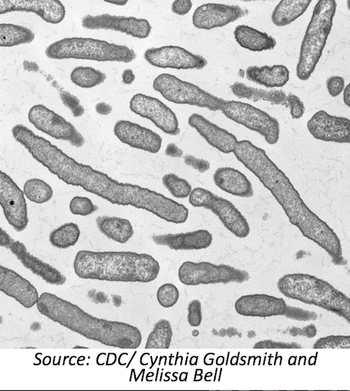
Researchers from Pasteur Institute, Paris, France, and the Centers of Disease Control and Prevention, examine the genomic features of the E. anophelis strain behind the 2015-2016 Wisconsin outbreak.

New information indicates that HIV-positive men can safely father children with their uninfected female partners as long as the couple takes certain precautions.

Norovirus outbreaks in California schools are causing thousands of students and staff to fall ill, and prompting officials to cancel events and close some schools.

The university reports that infection has subsided in several individuals; however, more people continue to report illness.

A new vaccine for yellow fever is now available in the United States, as health officials report outbreaks in Brazil and Angola continue to grow.

The World Health Organization (WHO) recently appointed its first African Director-General during general assembly, amidst controversy over travel expenditures.
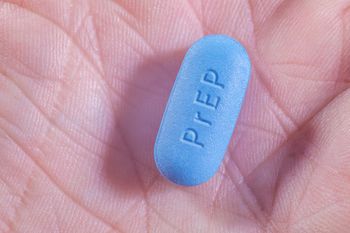
Findings presented at the 2017 Pediatric Academic Societies Meeting show that this HIV prevention treatment appears to cause loss in bone denisty in young males. However, alternatives may be available.
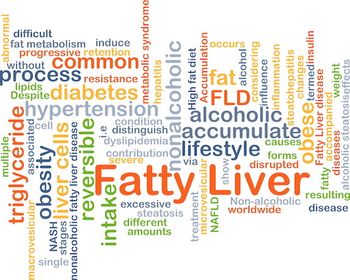
Not much is known about how HIV mono-infection contributes to the development of hepatic steatosis, due to how difficult diagnosis of this condition used to be. Now, with the developement of noninvasive tools, it is easier to diagnose steatosis.
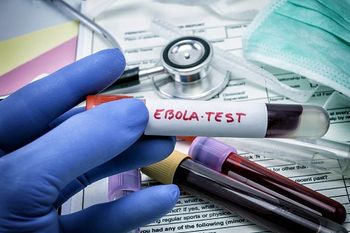
As the Ebola outbreak in the Democratic Republic of Congo holds steady at 2 confirmed and 3 probable cases, the Ministry of Health has approved the administration of an experimental vaccine against the virus.

Research presented at the 2017 American Thoracic Society International Conference reports that treatment with antibiotics failed in 1 in 4 adult patients who present with community-acquired pneumonia in the outpatient setting.

Johns Hopkins Armstrong Institute of Patient Safety and Quality researchers have shown that by adhering to evidence-based practices, frontline healthcare staff members can reduce ventilator-associated events.

Research presented at Digestive Disease Week examines the factors that contribute to effectiveness of HCV treatment.

By impairing brain connectivity, an HIV infection may affect cognition in young patients, according to a recent imaging study.

A research team headed by Carl D’Angio, MD, a physician in the Department of Pediatrics at the University of Rochester Medical Center in Rochester, New York, compare flu vaccine response in PT versus FT infants.

In case you missed them, here are our top 5 articles for the week of May 21, 2017.

In the recent installment of the series, “We Were There,” the Centers for Disease Control and Prevention share what they have learned since the 1993 Escherichia coli (E. coli) outbreak.

The lack of availability of generic DAAs in many other parts of the world increases prices and often limits treatment to people with later stages of the disease.

The quality improvement group at the UNC Infectious Disease Clinic has come up with a process to increase rates of STD screening that includes providing patients with the option to self-swab.
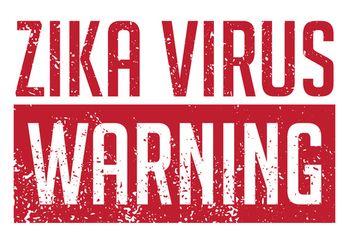
After 3 individuals test positive for the mosquito-borne virus in Gujarat, WHO confirms that the Zika virus is currently circulating in the country.

Research published in Nature on May 24, suggests that the Zika virus has been circulating in the Americas silently for far longer than previously thought.

The key to meeting the Joint United Nations Program on HIV and AIDS (UNAIDS) benchmark may be to combine discrete areas of research into a more cohesive strategy.

Researchers from the University of Toronto evaluated 82 patients under 18 years of age from Toronto, Ottawa, Montreal, and Quebec.

An outbreak associated with a rare, paralytic illness has hospitalized several individuals and claimed one life thus far.

The Congressional Budget Office (CBO) finally released their "score" of the American Health Care Act (AHCA) and we take a look at the highlights.